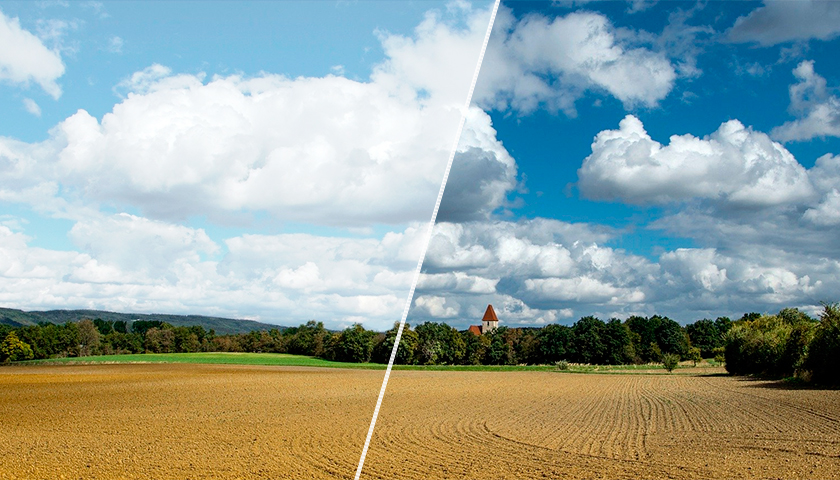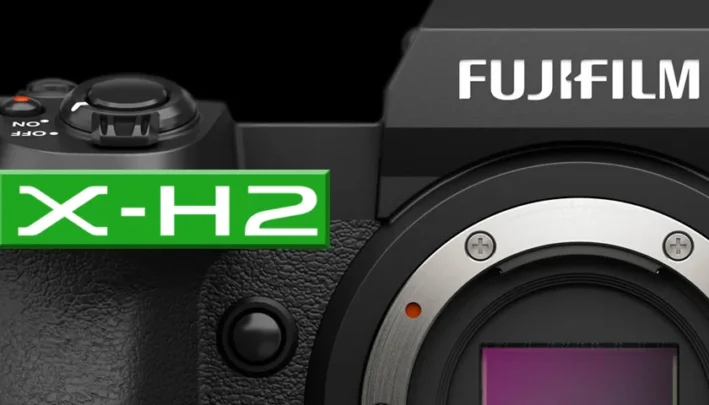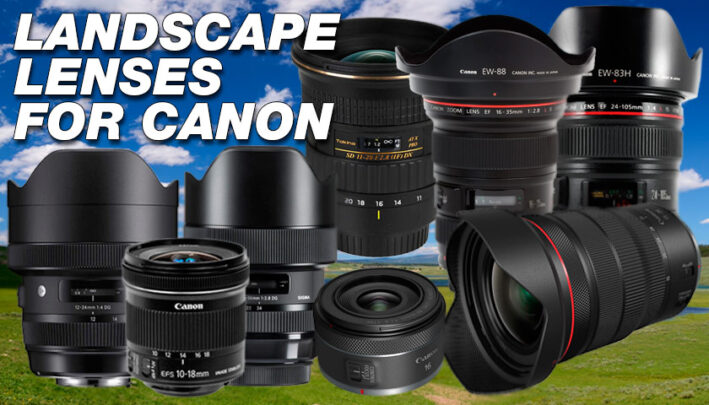Hits: 39
A polariser can cut out unwanted reflections and boost bath contrast and colour saturation in a scene
There are two types of polariser: linear and circular. The term circular polariser does not refer to the filter’s actual shape, but to the way in which the light is polarised – in a circular motion. Linear polarisers have a habit of messing up autofocus and metering, so you should stick to the circular type.

Do you need a polariser?
A polariser has a couple of very important functions. First, it reduces reflections on surfaces such as water, metal, glass and even foliage, and second, it increases colour saturation and contrast – particularly noticeable when you have blue skies and fluffy white clouds in an image.

Autofocus and metering are both possible through the polariser once it is on the camera. The polariser can be freely rotated on its own ring to bring it to the point of maximum polarisation, which is visible through the viewfinder or live view. However, the polariser works best when you are viewing your landscape or scene at 90 degrees to the sun, so that your subject is cross-lit. lf you are shooting into the light, the polariser will have little or no effect.
A bad habit to get into is just leaving the polariser on all the time – use it only when it’s necessary. The polariser can also be used in conjunction with other filters, such as neutral-density filters and grads.
Wideangle lenses
Another bad habit that many people fall into is using a polariser on a wide angle lens. lf the lens is too wide, you will end up with blotchy, uneven skies going from light blue to dark and back to light again, leaving a dark patch in the sky. This is because the polariser can only polarise light up to a maximum angle, and when the lens is wider than this angle it causes the uneven appearance of the sky. Try looking at images shot on lenses wider than 35mm and see how the sky reacts to the polariser – at 24mm it will become very noticeable.

Polarisers are usually neutral in colour, but some come with a subtle colour tint or tone. Some polarisers have incredibly garish colours like gold and purple or blue and yellow hues in them. These are fun once or twice, but on the whole they are to be avoided.
So do I have the above filters in my bag? Too right I do. A polariser, a few grads and a couple of neutral density filters are invaluable and will go a long way to helping you improve your photography.





[…] also rotated during focusing, which impaired handling and made the use of filters like circular polarizers and ND grads a […]